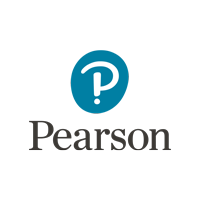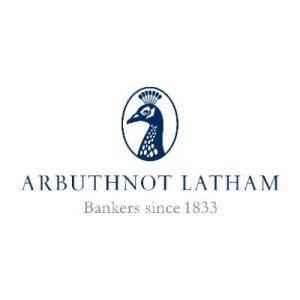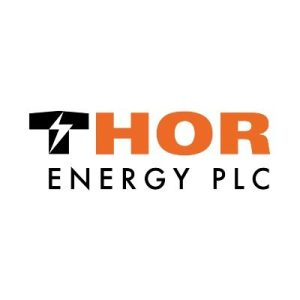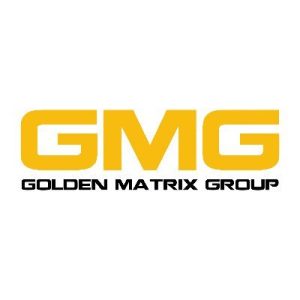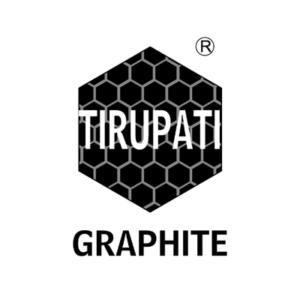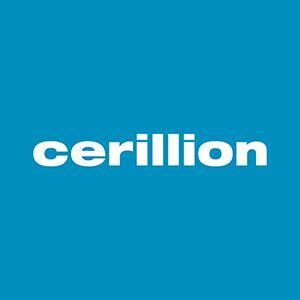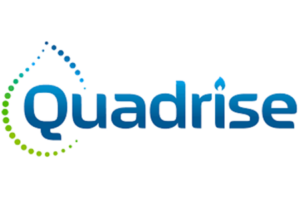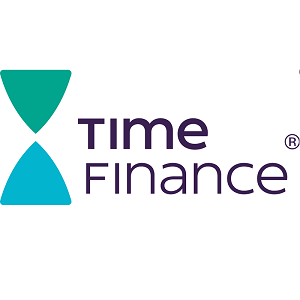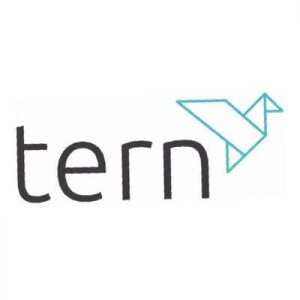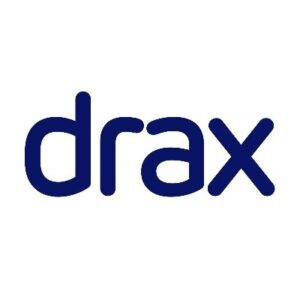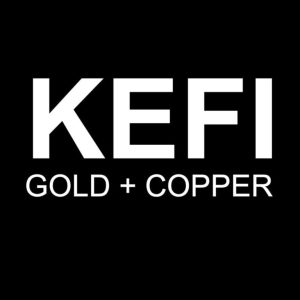Pearson PLC (LON:PSON) reports underlying growth in revenue, operating profit and earnings in the first half of the year. Full year guidance remains unchanged. They continue to make good progress on their strategic priorities of simplification and digital transformation, and their plans to reduce Pearson’s cost base by a further £300m exiting 2019, which they initially outlined on May 5th.
Financial highlights
|
H1 2017 |
H1 2016 |
Headline growth |
CERgrowth |
Underlying growth |
|
|
Business performance |
|||||
|
Revenue (£m) |
2,047 |
1,866 |
10% |
0% |
1% |
|
Adjusted operating profit (£m) |
107 |
15 |
613% |
447% |
310% |
|
Operating cash flow |
(72) |
(210) |
66% |
||
|
Adjusted Earnings per share |
5.6p |
(1.3)p |
n/a |
||
|
Statutory results |
|||||
|
Operating profit/(loss) |
16 |
(286) |
n/a |
||
|
Cash used in operations |
(219) |
(266) |
18% |
||
|
Basic loss per share |
(2.1)p |
(27.1)p |
92% |
||
|
Dividend per share |
5p |
18p |
(72)% |
· Sales up 1% to £2,047m in underlying terms primarily due to higher gross sales and lower returns in North American higher education courseware, modest growth in VUE, continued strong growth of Pearson Test of English in Australia, good growth in Wall Street English and English language courseware in China and in school courseware in South Africa, partially offset by expected declines in US school assessment, macroeconomic weakness in Brazil and the impact of business exits in the Middle East.
· Pearson‘s sales are always significantly weighted towards the second half of the calendar year. As expected, the phasing in our North American higher education courseware business has benefited the first half of 2017, with growth in net revenues as gross revenues grew modestly, returns declined significantly and digital revenues continued to grow well. Relative to our expectations, the picture of gross sales and returns in H1, and through to the end of July, is similar to that reported for the first three months: our gross sales are a little ahead of where we expected them to be and returns, whilst down significantly over last year, are running a little higher than expected. Our guidance for the full year is unchanged with underlying market pressures still expected to impact gross sales in the second half.
· Deferred revenues grew 4% in underlying terms.
· Adjusted operating profit improved significantly to £107m (H1 2016: £15m) reflecting savings from the 2016 restructuring programme, a benefit from phasing and the strength of the US Dollar against Sterling, offset by cost inflation and other operational factors.
· Adjusted earnings per share of 5.6p (H1 2016: adjusted loss per share 1.3p) reflected higher adjusted operating profit, partially offset by higher interest charges.
· Statutory operating profit was £16m (H1 2016: a loss of £286m) reflecting higher adjusted profit and the absence of restructuring costs.
· Net debt rose £207m to £1,633m with an increase of £89m due to strength of the US Dollar against Sterling and a pension contribution of £162m relating to the 2013 creation of Penguin Random House, with a final payment of around £63m expected in the second half, in line with prior guidance. Over the last 12 months operating cash flow more than covered dividends paid, restructuring costs, interest and tax charges.
· In line with our recently announced dividend policy the Board has declared an interim dividend of 5p (2016: 18p) and plans a share buyback of £300m following the announced reduction and recapitalisation of our stake in PRH.
· We are today announcing the launch of a market tender to repurchase our $500m 3.75% US Dollar Notes 2022 and $500m 3.25% US Dollar Notes 2023 and we plan to redeem the $300m 4.625% June 2018 bond following the completion of the PRH transaction.
Reiterating guidance
· Our guidance remains as outlined on July 11th and is updated for the expected impact of the PRH transaction, which we expect to close in September. We expect adjusted operating profit of between £546m and £606m and adjusted earnings per share between 45.5p and 52.5p after an interest charge of £74m and a tax rate of approximately 21%, all based on exchange rates on 31 December 2016.
Restructuring plan
· Detailed implementation planning for our 2017-2019 £300m cost efficiency programme is well underway.
· We will generate cost savings from next year with c.£70m in 2018, an incremental c.£130m in 2019 and the remaining c.£100m impacting 2020 reducing our annualised cost base exiting 2019 by c.£300m.
· In the second half of this year we will incur one-off costs related to property and technology as we begin the implementation of this programme. Overall restructuring costs will be phased c.£70m in 2017, c.£90m in 2018 and c.£140m in 2019, as we complete the programme, for a cumulative cost of £300m. As in our 2016 programme, these costs will be excluded from adjusted operating profit.
· We will reduce Pearson’s employee headcount by approximately 3,000 full time equivalent employees.
· Savings will come from the simplification of our technology architecture, increased use of shared service centres, standardisation and automation of processes, reduction of headcount with a particular focus on managerial positions, centralisation of procurement and the reduction of office locations.
John Fallon, Chief Executive said:
Pearson has had a solid first half. We are making good progress on our strategic priorities and our guidance for 2017 remains unchanged. We are focused on maximising performance through the critical second half.
Strong cash generation, prudent management of our balance sheet and implementation of our transformation plans are positioning us to be the winner in digital education, and create long-term sustainable value for our shareholders.

